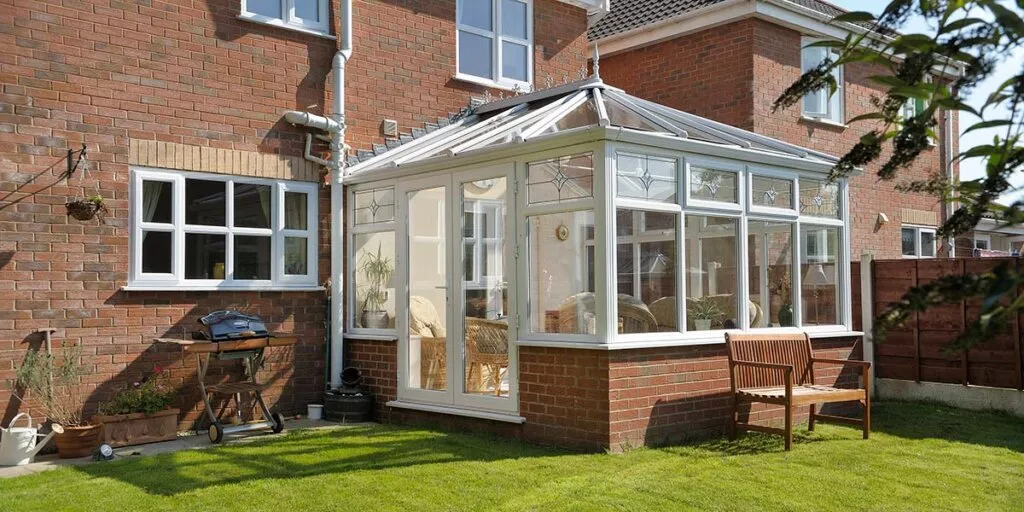We’d love to see you in our Mirfield showroom, where you can sit down with one of our very experienced consultants and chat through all the requirements you have.
Will I Need Planning Permission?
When sitting down with a Visual consultant and putting the finishing touches to a proposed conservatory, orangery or porch installation, it needs to be clarified if the design will need planning permission before work can begin.

Ignorance of planning rules can come back to bite you and there’s no excuse for it. Thankfully, Visual is fully up-to-speed with planning obligations and regularly deals with planning requirements on behalf of customers.
We know that if a conservatory, orangery or other home extension falls under Permitted Development Rights, a planning application won’t be required as it meets the necessary parameters to be exempt from the laws:
- No more than half the area of land around the “original house”* would be covered by additions or other buildings.
- No extension forward of the principal elevation or side elevation fronting a highway.
- No extension to be higher than the highest part of the roof.
- Single-storey rear extension must not extend beyond the rear wall of the original house* by more than three metres if an attached house or by four metres if a detached house.
- In addition, outside Article 2(3) designated land* and Sites of Special Scientific Interest the limit is increased to 6m if an attached house and 8m if a detached house until 30 May 2019.
- These increased limits (between 3m and 6m and between 4m and 8m respectively) are subject to the prior notification of the proposal to the Local Planning Authority and the implementation of a neighbour consultation scheme. If objections are received, the proposal might not be allowed.
- Maximum height of a single-storey rear extension of four metres.
- Extensions of more than one storey must not extend beyond the rear wall of the original house* by more than three metres.
- Maximum eaves height of an extension within two metres of the boundary of three metres.
- Maximum eaves and ridge height of extension no higher than existing house.
- Side extensions to be single storey with maximum height of four metres and width no more than half that of the original house.
- Two-storey extensions no closer than seven metres to rear boundary.
- Roof pitch of extensions higher than one storey to match existing house.
- Materials to be similar in appearance to the existing house.
- No verandas, balconies or raised platforms.
- Upper-floor, side-facing windows to be obscure-glazed; any opening to be 1.7m above the floor.
- On designated land* no permitted development for rear extensions of more than one storey.
- On designated land no cladding of the exterior.
- On designated land no side extensions.
* The term “original house” means the house as it was first built or as it stood on 1 July 1948 (if it was built before that date). Although you may not have built an extension to the house, a previous owner may have done so.
* Designated land includes conservation areas, national parks and the Broads, Areas of Outstanding Natural Beauty, and World Heritage Sites.
If it is non-complaint with any of the above limits and conditions, a planning application must be submitted to your local authority.
The limits and conditions for a porch to be regarded as a Permitted Development are slightly different:
- The ground floor area (measured externally) would not exceed three square metres.
- No part would be more than three metres above ground level (height needs to be measured in the same way as for a house extension).
- No part of the porch would be within two metres of any boundary of the dwellinghouse and the highway.
Planning permission is an area that has caught out many people. Make sure you don’t end up being one of them by reading our Helpful Guide on the subject that you can download for FREE.
Want to speak with an Advisor? Give us a call on 0800 542 0165
Our friendly team will be pleased to help with any questions you may have.